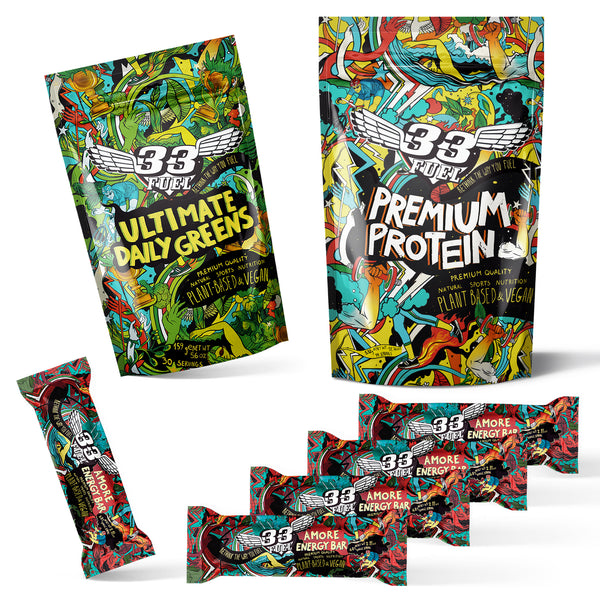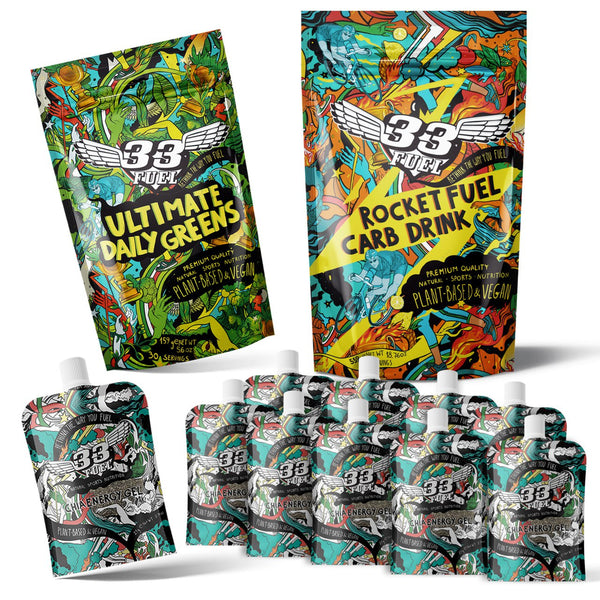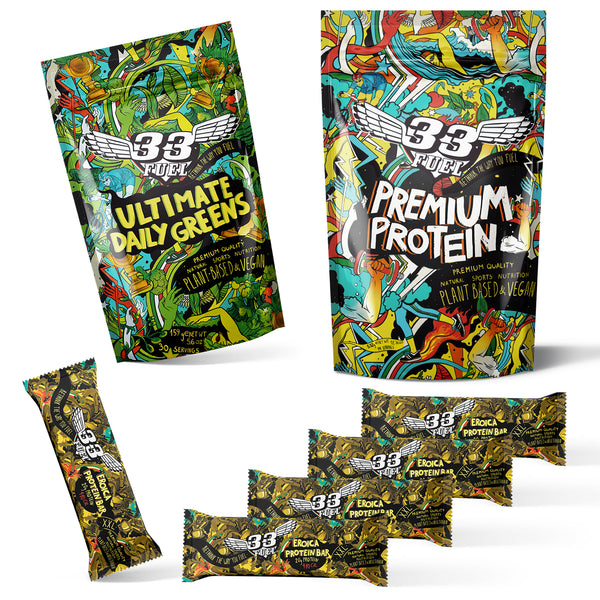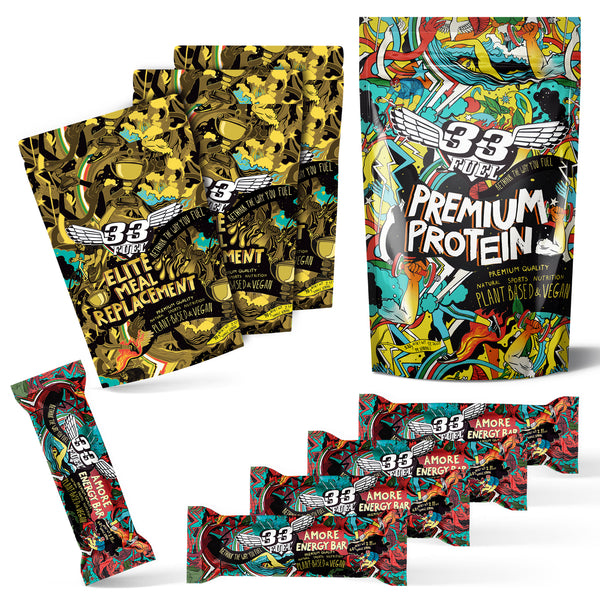6 signs you’re burning fat

Contrary to popular belief, there isn’t a sudden switch that occurs as you become more fat adapted. It’s a gradual process - these six signs will show you’re on the right fat-burning path
Becoming more efficient at burning fat for fuel will boost athletic ability and it's a simple upgrade any athlete can make for free (see our guide on how to become fat adapted here for your starter kit).
It doesn’t happen overnight but over time you will start noticing changes in body composition, energy levels and sports performance. One study in Metabolism Journal, showed athletes developed “extraordinarily high levels of fat oxidation” while using a diet to optimise fat-burning - the benefits are there for the taking.
Consider fat-burning as a scale and right now you sit somewhere on that scale. Tweaks in diet, lifestyle and exercise will impact how your position changes to increase, or decrease your fat-burning ability.
Taking note of these changes will show whether you’re getting it right or whether you need to make a few tweaks. So here are six signs you’re tapping into those fat stores.
Shop our award-winning performance supplements
Best Sellers
You’re burning fat if…#1: You can exercise in a fasted state
Everyone is able to exercise for a limited time on an empty stomach, but carb-reliant athletes can’t go too long without reaching for a gel or another high carb hit. On the other hand, fat adapted athletes have no problem exercising at a low intensity for a few hours on nothing more than water.

When you can go for a low intensity bike ride with mates on no food, you’re on the path to fat burning
Our fat stores – even in the leanest of individuals – have enough calories to power us at low intensities for many, many hours and as our ability to tap into them develops so too our ability to exercise without exogenous carbohydrates increases.
You’re burning fat if…#2: You’re losing weight
It’s inevitable that, as you become a more efficient fat burner, you’ll lose weight. You’ll shift unnecessary fat and, even though we’re not huge fans of weighing scales for tracking health or performance, if all else remains constant (health, performance markers and so on) then you’ll see a lower number.
How to become fat adapted
You’re burning fat if…#3: Sugar cravings diminish
As you gradually transition away from a reliance on carbs not just for fuelling exercise but also everyday functioning, your carb cravings will diminish. The more we rely on carb-rich foods, the more they become our energy source.
We’ve all been there: it’s 3pm, we’re flagging big time after a carb-dense lunch, struggling to keep our head off the keyboard. With an important meeting in 45-minutes, we’re desperate. We’re craving sugar and, thankfully, it’s Doughnut Friday. Hello pick-me-up.
It does just that, spiking blood sugar levels nicely. But... 30-mintues later we’re back in the hole, head nodding as our glucose levels have plummeted again. Oh, the struggle!

Your cravings for sugar-laden snacks will diminish as you become a more efficient fat burner
Fuel your body with healthy fats, quality protein and low-GI carbs instead and these cravings gradually fade.
It’s genuinely remarkable to feel the change in energy level, particularly mid-afternoon, once you become more efficient at burning fat.
You’re burning fat if…#4: You feel better
There is a general consensus amongst fat-adapted individuals that you just ‘feel better’.
This isn’t really surprising given one of the best ways to become fat-adapted is to reduce the consumption of junk food, soft drinks, high-GI carbs and increase healthy fat intake from whole food sources.
Highly processed and junk foods increase inflammation - the root cause of many chronic diseases – so swapping these out for more healthy food will inevitably result in a happier, healthier human.
You’re burning fat if…#5: You have stable energy levels
As per our ‘mid-afternoon in the office’ scene described earlier, reducing intake of highly processed sugary snacks will help stabilise blood glucose levels.

As a better fat burner, you can wave goodbye to that typical mid-afternoon energy lull and power through!
High-GI snacks spike blood sugar levels, giving you a short-lived energy boost.
To combat this spike and achieve homeostasis, the pancreas secretes insulin but before you know if you’re back in an energy trough. These peaks and troughs in energy are not only exhausting but also terrible for general health and one key factor in many chronic diseases.
Rebalancing diet, lifestyle and exercises choices more in favour of fat-burning stabilises energy levels and it’s really one of the most amazing consequences.
Only once you’ve started making the change do you realise how revolutionary stable energy levels actually are.
You’re burning fat if…#6: You look leaner
The scales play a role but only tell half the story. Of course, a lower number on the scales can be achieved (for a short while) by eating rubbish and doing little exercise because you’ll turn muscle (heavy) into fat (relatively light).
A more reliable indicator is simply looking in the mirror.
Many of us don’t enjoy gawping at ourselves in the mirror but it’s a good indicator of your fat burning prowess. As you become better at fat burning, you should notice less fat stored around the stomach, hips, legs and shoulders.

You will naturally look leaner as you shed unnecessary fat
Six signs you’re fat burning: conclusion
The general population's inability to burn-fat due to the immense reliance on processed and nutrient-poor foods has created the world we live in today where obesity and diabetes are crippling health services the world over.
But the outlook can be bright.
You are in total control and, as you shift to more optimal fat-burning, you can expect not just your overall health but also athletic performance to improve.
33Fuel Elite Pre and Post Workout Shakes are carefully formulated with 33 of the world’s most powerful athletic superfoods, including the best to boost fat burning
More performance boosting content
From the Vlog – How to break records at any age
From the podcast – Lessons from 1,046 marathons and 25 years sober
From the Blog
Benefits of intermittent fasting
Beginner’s guide to intermittent fasting
Inflammation and food – what’s the deal?
Post exercise immunosuppression (PEIS) and endurance athletes










